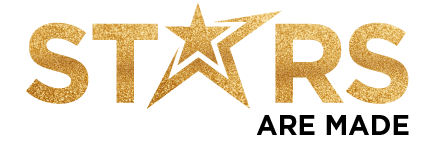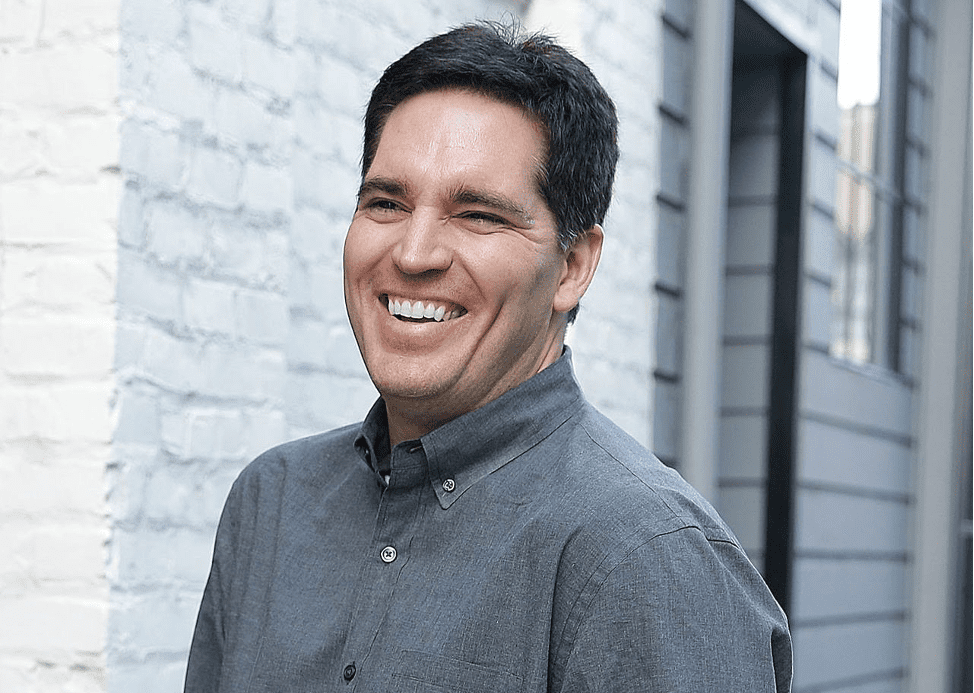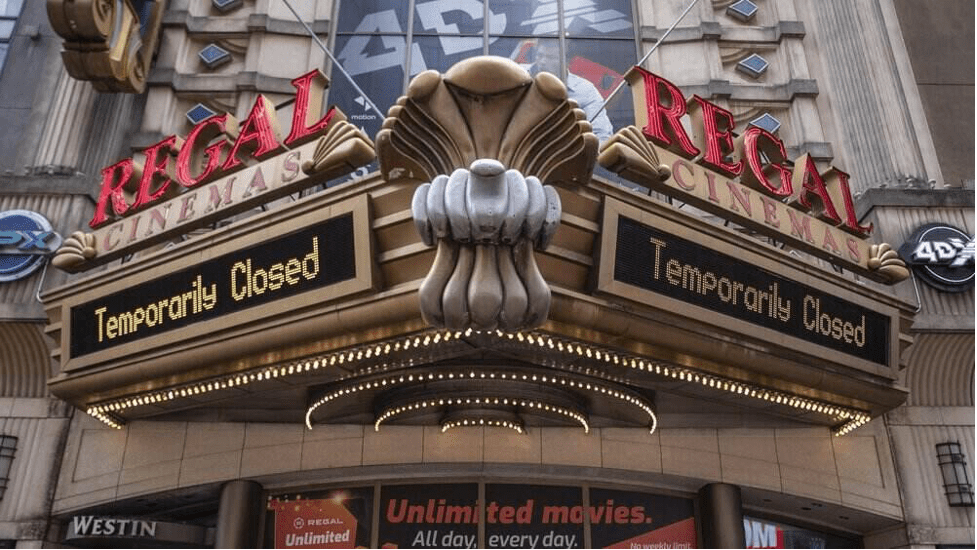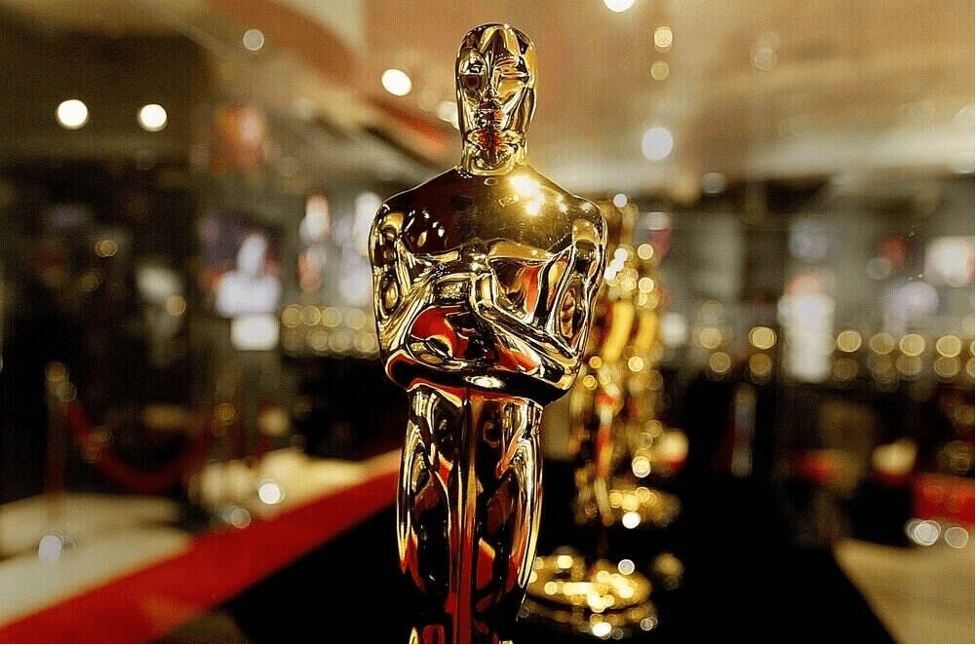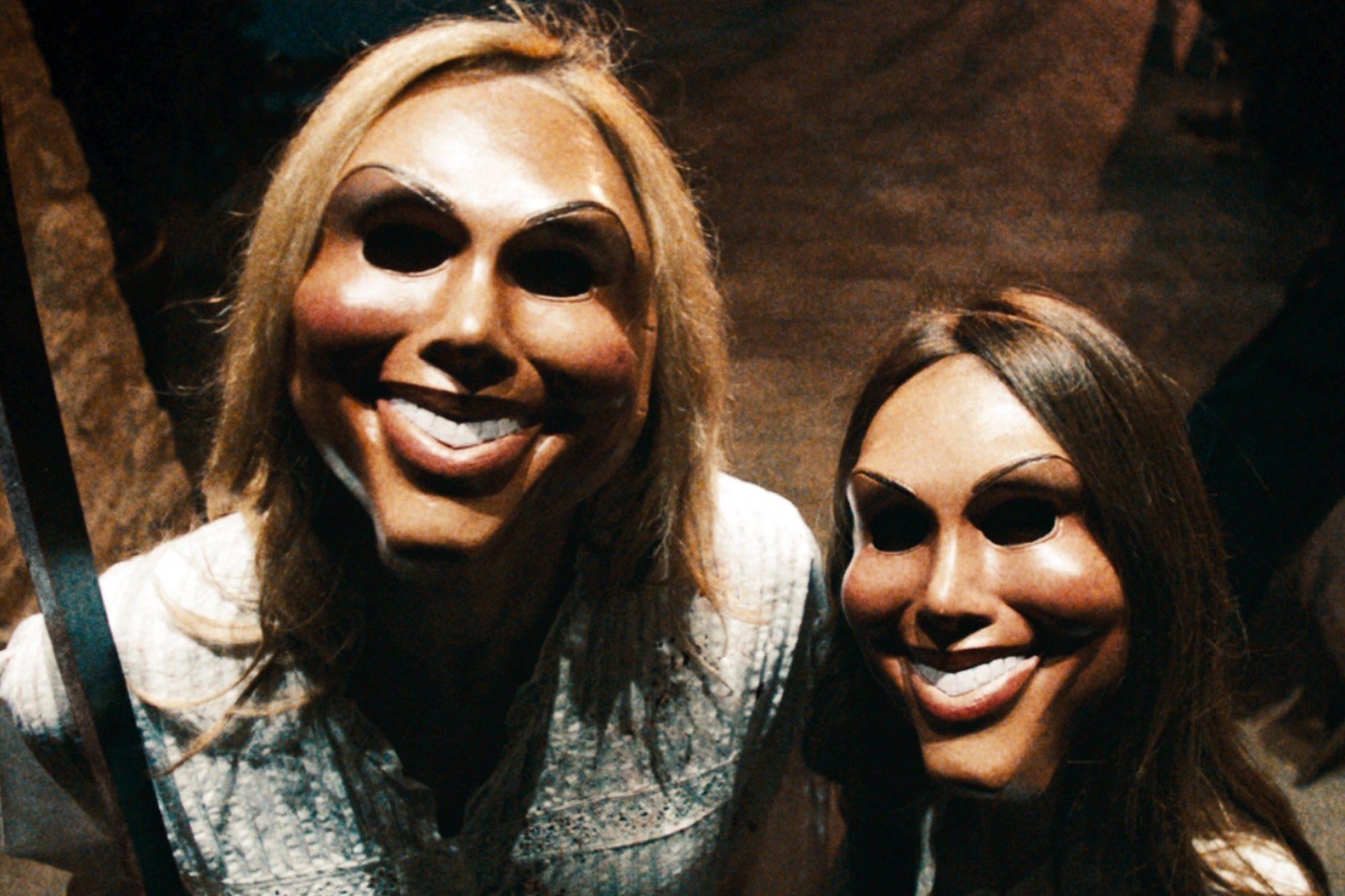Sleepmaxxing has taken over TikTok, Instagram, and X. Videos rack up millions of views, all promising the holy grail of "perfect sleep" if you just follow their hacks. It sounds harmless, even appealing. Who doesn’t want to wake up refreshed, glowing, and full of energy? But behind the glossy posts and calming aesthetics, the sleepmaxxing trend is sliding into dangerous territory.
The trend pushes extreme, untested methods in the name of optimization. Instead of simply suggesting an earlier bedtime or a dark room, influencers are hawking risky techniques with zero medical backing. They call it "sleep science." Experts call it reckless. And in some cases, it is not just bad advice. It is advice that could land you in the ER.
The Extreme Side of Sleepmaxxing
One of the most shocking examples is neck hanging. Some influencers claim hanging by the neck with ropes or belts somehow improves sleep quality. It is dangerous and deadly. In China, one young woman lost her life after following this practice.

Olly / Pexels / There is no scientific basis for it, and doctors warn it poses an immediate risk of strangulation and brain injury.
Another popular hack is mouth taping. The idea is to force nasal breathing by sealing your lips shut at night. Advocates insist it leads to deeper sleep, better oxygen levels, and even improved skin. But for anyone with sleep apnea or breathing problems, it can cut off airflow and trigger medical emergencies.
Unproven "Hacks" Masquerade as Science
Not all sleepmaxxing methods are instantly life-threatening, but many still rest on shaky ground. Some influencers push wearing colored glasses before bed, claiming it resets your circadian rhythm. Others promote weighted blankets for everyone, without mentioning that they can worsen breathing issues in some people.
And then there is the oddly specific kiwi-before-bed trick, supposedly a sleep miracle. The evidence? Anecdotes, not peer-reviewed research.
The problem isn’t that people want to improve their sleep. It is that these routines are sold as fact, dressed up with medical jargon, and shared by people with no clinical training. Medical professionals have been blunt, labeling these hacks "ridiculous, potentially harmful, and evidence-free."
Anxiety Disguised as Optimization

Olly / Pexels / When trends are driven by virality instead of verified science, the risks stack up fast.
Ironically, the quest for perfect sleep can actually make it harder to rest. Experts warn that sleepmaxxing feeds into orthosomnia, a sleep disorder where anxiety about sleeping keeps you awake. The more you focus on your routine, the more you notice every missed minute of rest. That stress keeps your brain alert, sabotaging the very thing you are chasing.
People start timing every sip of water, micromanaging room temperature, and tracking every heartbeat with wearable tech. The obsession replaces relaxation with pressure, and the result is often worse sleep, not better. Once you turn bedtime into a performance, your body stops seeing it as rest.
TikTok, X, and Instagram don’t just spread these ideas. They supercharge them. A slick video of someone taping their mouth shut gets millions of views in hours. A post about a "revolutionary" eye mask links to an online store where the influencer takes a cut of every sale.
The stakes are higher when products are involved. Influencers push melatonin gummies, which are illegal in some countries, without disclosing potential side effects. They promote untested mouth tapes with promises of "beauty sleep" and "slim faces." Platforms benefit from engagement, influencers profit from commissions, and users are left experimenting on themselves without guidance.
